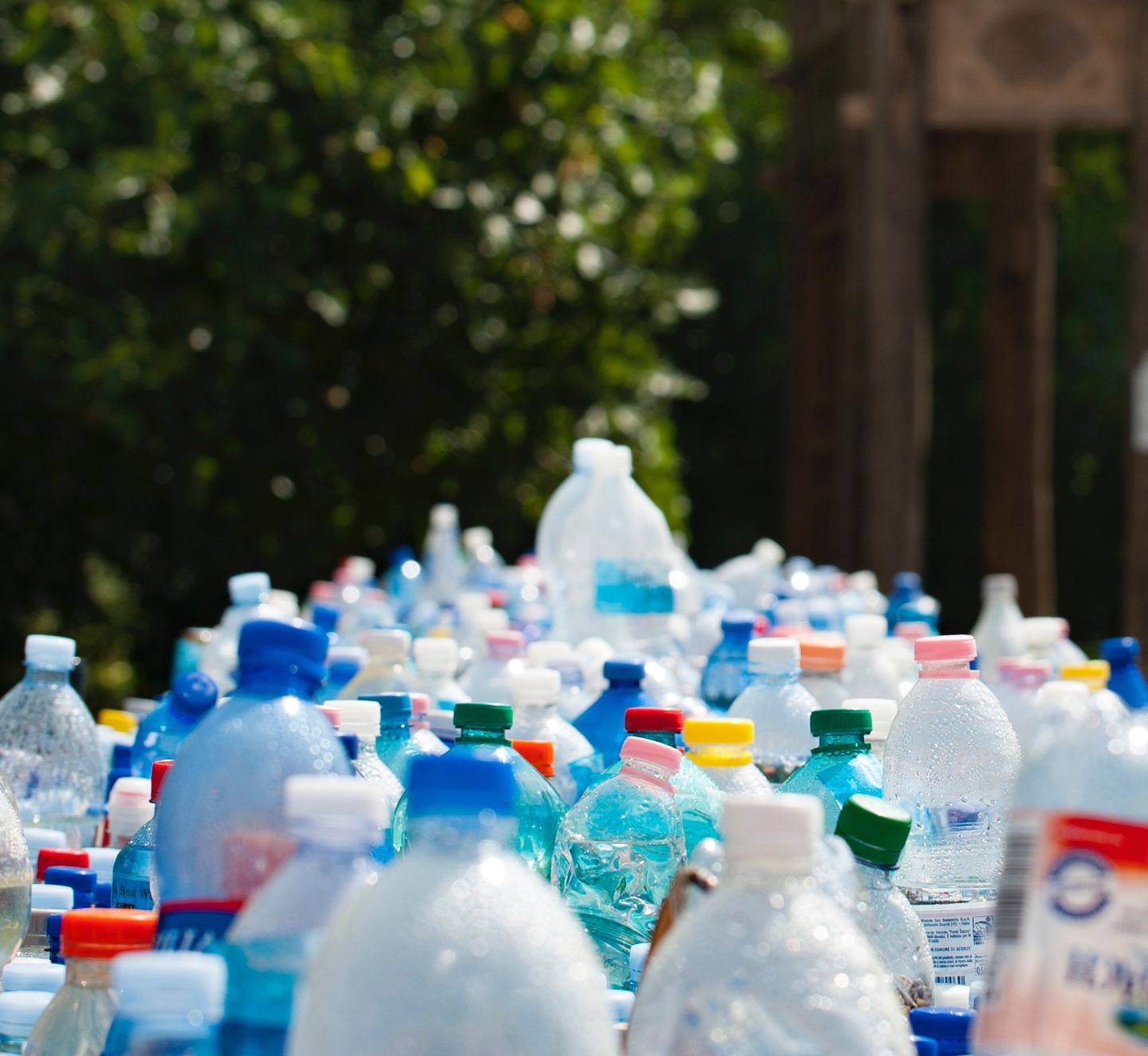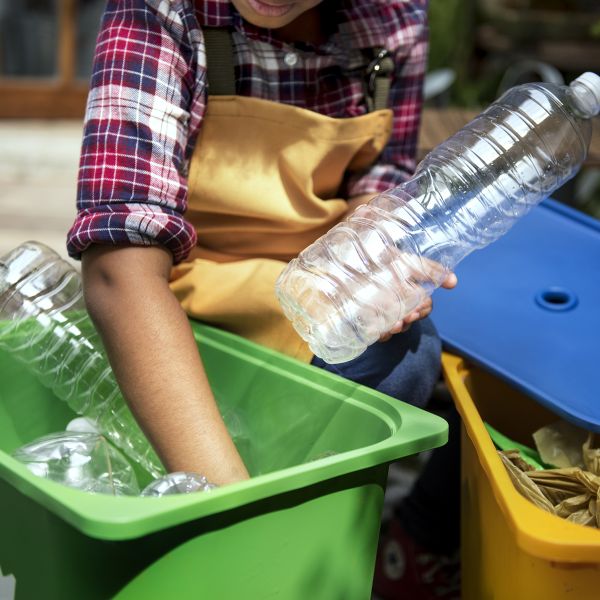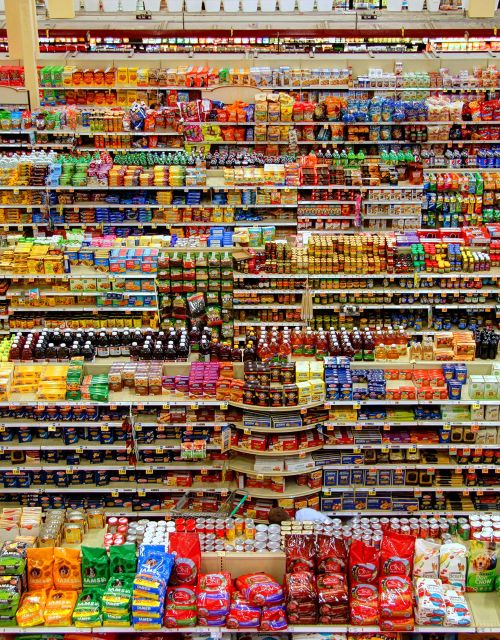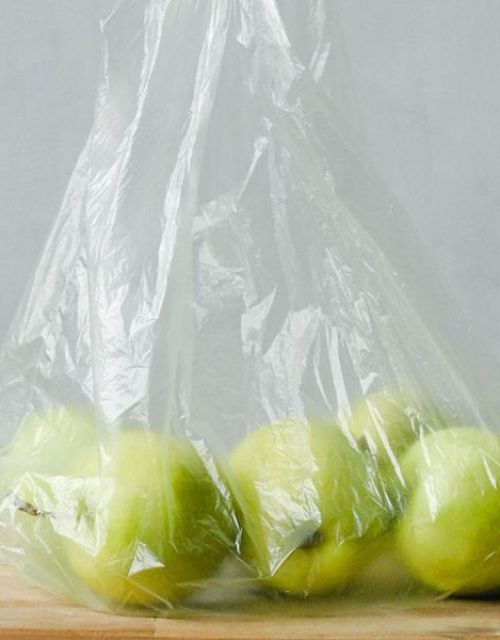In June, 175 nations agreed to develop a legally binding document on plastic pollution by 2024. Meanwhile, in Southeast Asia, ASEAN governments are moving rapidly on Extended Producer Responsibility (EPR) implementation, prompted by global media attention to the plastic pollution crisis in the region.
In this context, companies must adapt rapidly, working to measure plastic footprints, set ambitious but achievable targets, and implement changes to packaging supply chains. This blog post unpacks the challenges and opportunities presented by the recent wave in plastic packaging-focused regulation in Southeast Asia and brings you our insights into the best steps forward to achieve compliance and act on plastic effectively.
Plastic packaging crisis in Southeast Asia is met by a wave of new regulations and targets
The surge in plastic pollution in Southeast Asia has prompted governments across the region to implement a suite of policies that aim to reduce plastic waste and promote sustainable packaging solutions. These are gathered under so-called National Action Plans which include bold targets to curb both upstream and downstream plastic pollution, measures to introduce plastic bans or plastic taxes, and the development of waste management infrastructure.
These countries are also adopting the so-called Extended Producer Responsibility (EPR) scheme, a transparent framework that ensures the comprehensive management of plastic products and packaging throughout their entire lifecycle, and puts the onus on companies to play their part in the fight against plastic pollution, take responsibility for their packaging usage, and promote the circular economy.
Under EPR, companies are required not only to report their annual packaging consumption but also to ensure waste is responsibly managed and the reported output re-circulated. The scheme thereby ensures reduction activities are effectively monitored: a reduction action plan must be put in place and progress towards stipulated EPR goals has to be externally certified. Companies non-compliant with EPR face fines and legal consequences, while those that do comply benefit from the opportunity to boost their reputation and gain a competitive advantage.
Such measures form part of a suite of solutions rolled out by governments across the region to drive action on plastic. This journey forces companies not just to take stock of their packaging footprint, but also to develop strategic interventions as part of a broader roadmap to reduce plastic waste (whose costs the new regulations have caused the companies to internalise) and phase out single-use packaging. We summarise the recent changes to plastic policy across the region below.
Indonesia
Indonesia's ambitious presidential decree aims to reduce marine plastic litter by 70% by 2025. Through its Ministry of Environmental and Forestry, it has also set an ambitious target of reducing packaging waste by 30% by 2029, and its voluntary EPR scheme has been implemented since 2020. With several provinces placing bans on single-use plastic bags in supermarkets and department stores, Indonesian businesses will have to develop transition roadmaps to stay abreast of the bold legislation and redesign their operations accordingly.
Vietnam
Vietnam has introduced a National Action Plan that specifically targets marine plastic litter, with the goal of achieving a 50% reduction by 2025. Vietnam has also enacted a detailed rule for EPR through Decree No. 08/2022/ND-CD, demonstrating its commitment to responsible waste management. Under the EPR legislation, the food and beverage sector will need to develop robust implementation plans, with just two years to reduce 80% of the waste that ends up in landfills.
Philippines
Following suit, the Philippines has recently enforced EPR regulation, solidifying its dedication to tackling plastic pollution head-on. The EPR Act RA 11898, enforced in 2023, requires companies with an annual revenue or assets over PHP 100 million to start accounting for 20% of their output, with a year-on-year increase. With internal reductions as well as plastic credits accepted as compliance modalities, it is vital for companies to calculate detailed plastic footprints to achieve these reduction targets rapidly and strategically, balancing the demanding timeline for compliance with internal reductions and the viability of plastic credits for immediate compliance.
Thailand
Thailand has taken a significant step forward with its Roadmap on Plastic Waste Management, whose aim is to achieve 100% recycling of waste by 2027. It is also in the process of planning its own EPR framework.
Singapore
With plans to enforce EPR by 2025, Singapore has introduced
Mandatory Packaging Reporting (MPR) for companies in the packaged goods sector, including brand owners, manufacturers, importers, retailers, and supermarkets. This will serve as the foundation for an EPR scheme for packaging waste management in Singapore.
Cracking the code: achieving plastic reduction targets without compromising on compliance
Complying with regional regulations can be challenging. The process is especially complex for regional conglomerates, given that regulations can differ significantly between regions, making it difficult for companies to standardise their approach, or when regulations include blanket clauses that are open to multiple interpretations.
The level of challenge also depends on which sector your business is in. Some, such as personal care products and household items, are less affected by regulation (so there is more room to modify packaging materials) whereas the requirements in the food sector are much stricter to achieve compliance with hygiene and health and safety regulations.
However, while the transition towards sustainable packaging may involve some challenges, the approach needn't require major investment or significant change. We recommend following a two-pronged approach:
1. Aligning with the most strategic areas for reduction implementation
- Begin by identifying opportunities for reductions across the entire value chain.
- Measure the impact of your plastic packaging use on your business. This exercise should cover the quantity and type of packaging material, as well as the end-of-life pathways of post-consumer packaging.
- Rigorous calculation of a company's plastic footprint and hotspots results in compliance with the highest impact.
2. Understanding the timeline of incoming legislation
- You should also align your reporting on these metrics with regional requirements, especially EPR regulation.
- This approach can help alleviate financial constraints faced by companies by directing limited budgets toward strategic and impactful actions, rather than scattering resources across ineffective programmes and initiatives.
Maximising the effectiveness of collection and recycling programmes also relies on having a comprehensive understanding of the fate of your packaging, post-consumer: is it being recycled, incinerated, landfilled, or left unprocessed? This knowledge becomes particularly vital in countries with high plastic leakage rates. In such cases, company investments in collection and recycling infrastructure can significantly bolster regional collection and recycling rates.
Additionally, companies can channel their investments towards plastic reduction projects that often face financial constraints, despite their significant contribution to mitigating plastic pollution in areas where collection and recycling facilities are inadequate or nonexistent. Often, companies are unaware of these opportunities and instead follow mainstream programmes that focus disproportionate resources on promoting collection and recycling without a transition plan. However, these programs may not lead to scaled impact over time, and may also fail to comply with changing legislation over time, failing to systematically address the underlying problem.
Dare to act: embrace the challenge of creating change
Waiting for legislation to dictate compliance may cost a company their competitive edge. Instead, transitioning your strategy to achieve alignment with likely legislation can allow you to transform regulatory risk into operational opportunity. The first crucial step is how to frame a business to develop a strategy that harnesses the impending change. By doing so, you not only ensure compliance with regional regulations but also enable yourself to set targets that align with the broader goals of waste management in your region.
But it doesn't stop there. Armed with this newfound strategic knowledge, you have the opportunity to engage your suppliers and customers, forge strong new partnerships, and propel the world toward a future where packaging and sustainability go hand in hand.

















